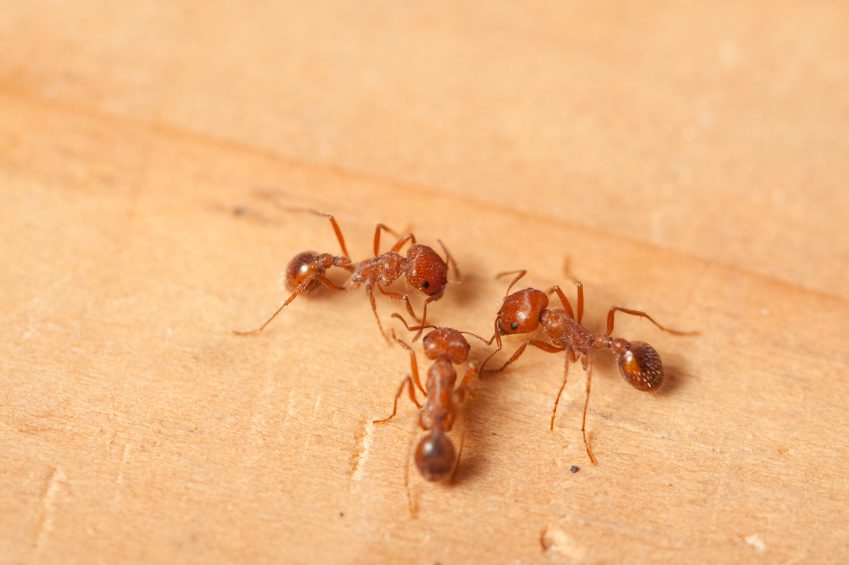September 30, 2020
They aren’t part of fall allergies, but their stings are painful and can be dangerous.
ARLINGTON HEIGHTS, Ill. (October 1, 2020) – If you live in the southeastern part of the U.S., you probably know how painful and dangerous a sting from a fire ant can be. Fall is the time of year when fire ants start to become a bigger problem, moving to warm surfaces such as concrete slabs or asphalt roads as soon as the temperature begins to drop.
“Parents should be just as aware of fire ants in the fall as the spring because it’s dangerous for a child to step in a fire ant mound this time of the year and be stung,” says allergist J. Allen Meadows, MD, president of the American College of Allergy, Asthma and Immunology (ACAAI). Dr. Meadows is from Montgomery, AL, so has first-hand experience with fire ants. “Unlike other times of the year, you do not have to step in a mound to get a sting. A child can be stung simply walking through the yard because the fire ant colony may be migrating through the grass to find a warm spot for the winter.”
Some people experience more than an annoying sting; they can have life-threating allergic reactions. For optimal protection against allergies to life-threatening fire ant stings, allergists recommend allergy shots, also known as subcutaneous immunotherapy. Allergy shots can modify and prevent disease progression. It can also lessen the chance for anaphylaxis, a severe allergic reaction that can be deadly.
According to the ACAAI, fire ants are common throughout the southeastern United States. People who have had an allergic reaction to a sting in the past have a 60 percent chance of receiving a similar or more severe reaction if stung again. Sting attack rates have been reported as high as 50 percent, even for someone briefly visiting a fire ant region.
Symptoms of a fire ant allergy can include:
- Hives, itching and swelling in areas other than the sting site
- Abdominal cramping, intense nausea, vomiting or diarrhea
- Tightness in the chest and difficulty breathing
- Hoarse voice or swelling of the tongue or throat, or difficulty swallowing
- Anaphylaxis, which can include dizziness, a sharp drop in blood pressure or cardiac arrest
If you experience an allergic reaction to an insect sting, you should administer epinephrine and seek medical help immediately, and follow up with an allergist. An allergist might prescribe allergy shots and life-saving epinephrine.
If you think you or your child might be allergic to fire ants, it is time to see a board-certified allergist. Even if you are not allergic, the stings can be very troublesome. Allergists are specially trained to help you take control of your allergies and asthma, so you can live the life you want. Find an allergist in your area with the ACAAI allergist locator.
About ACAAI
The ACAAI is a professional medical organization of more than 6,000 allergists-immunologists and allied health professionals, headquartered in Arlington Heights, Ill. The College fosters a culture of collaboration and congeniality in which its members work together and with others toward the common goals of patient care, education, advocacy and research. ACAAI allergists are board-certified physicians trained to diagnose allergies and asthma, administer immunotherapy, and provide patients with the best treatment outcomes. For more information and to find relief, visit AllergyandAsthmaRelief.org. Join us on Facebook, Pinterest and Twitter.
Allergy, Insect Allergies, Severe Reactions, Anaphylaxis & Epinephrine

